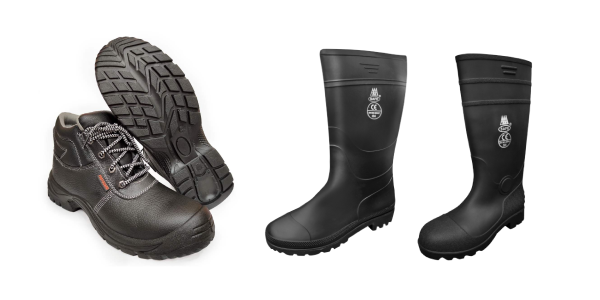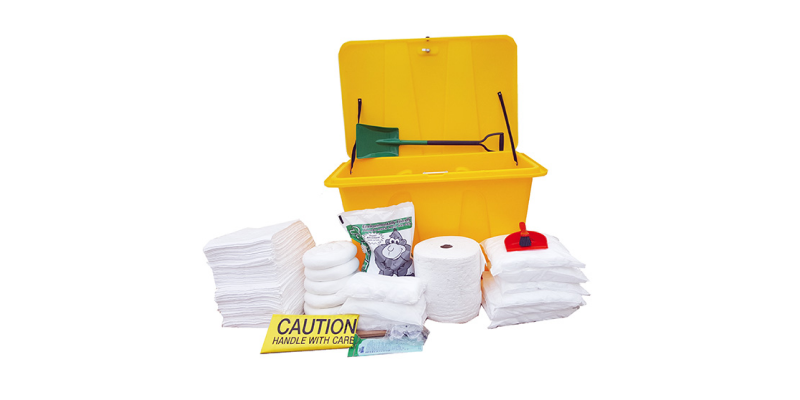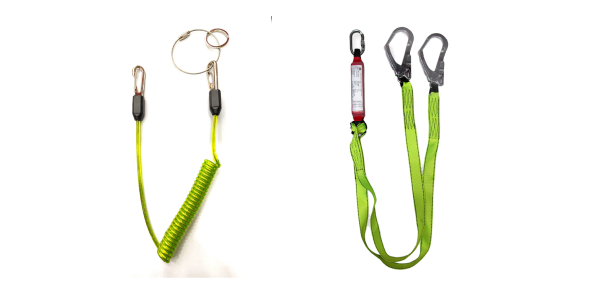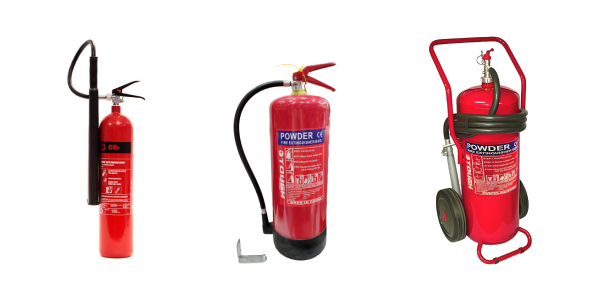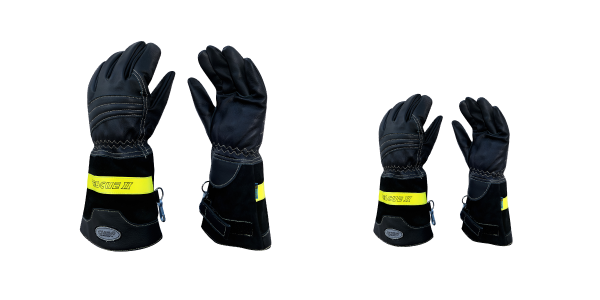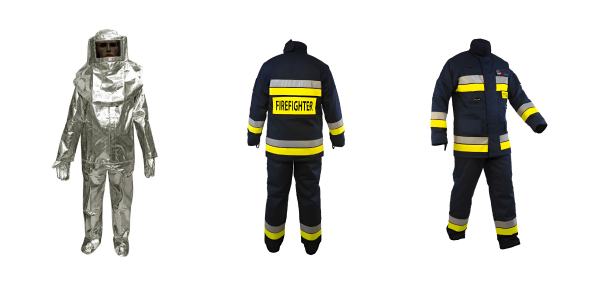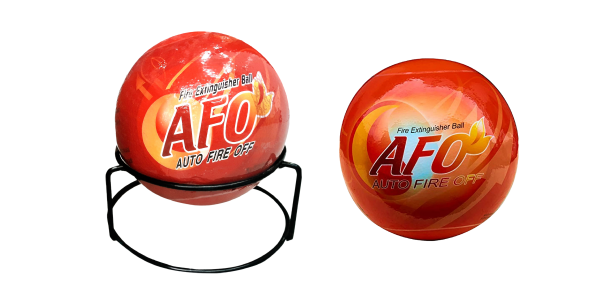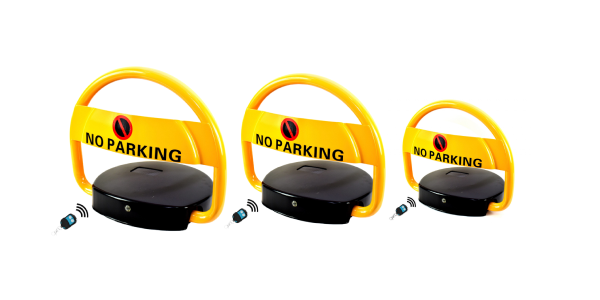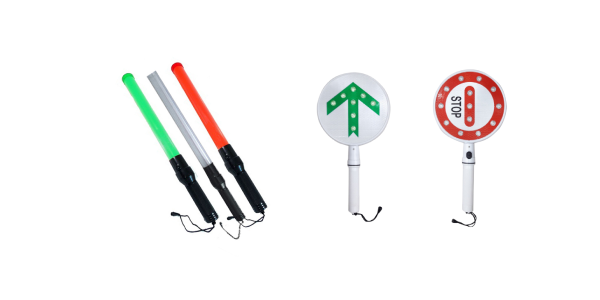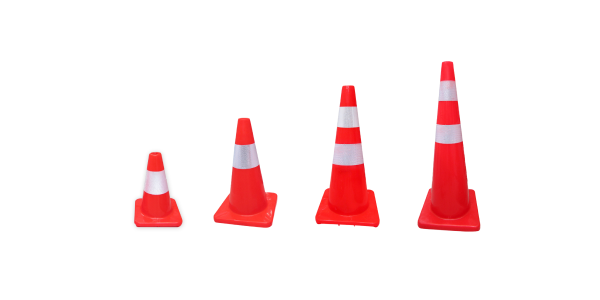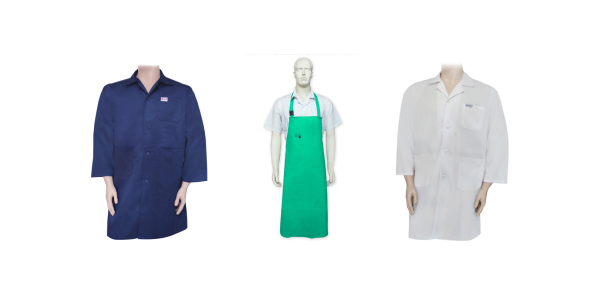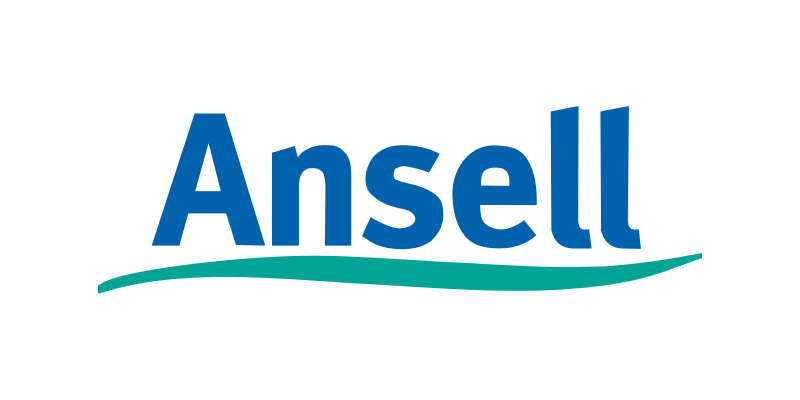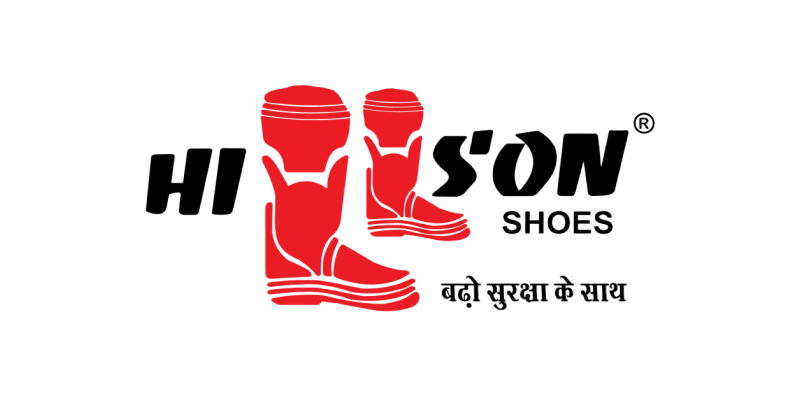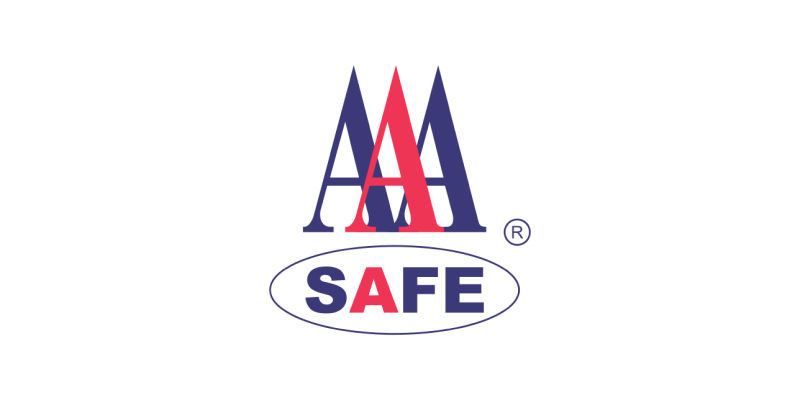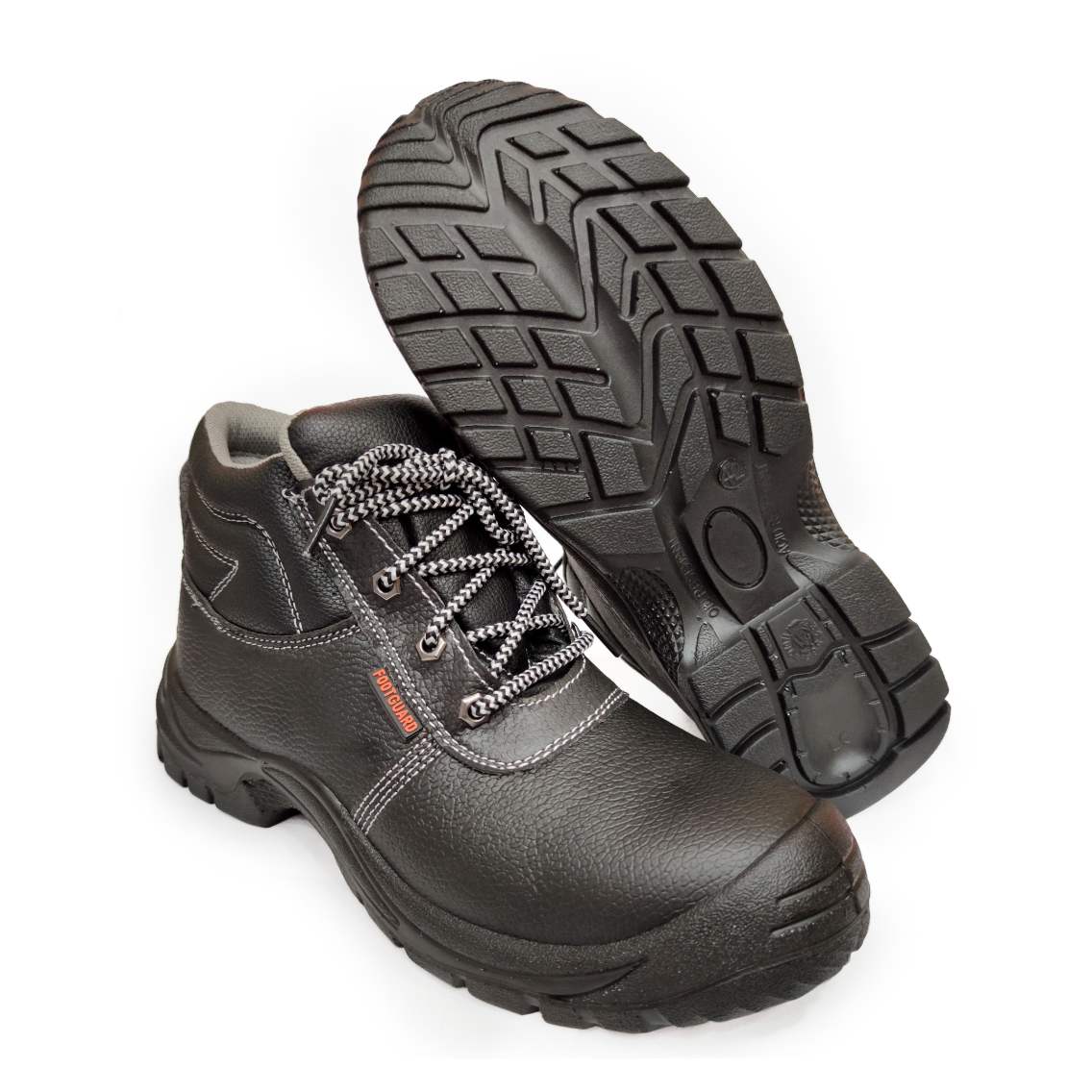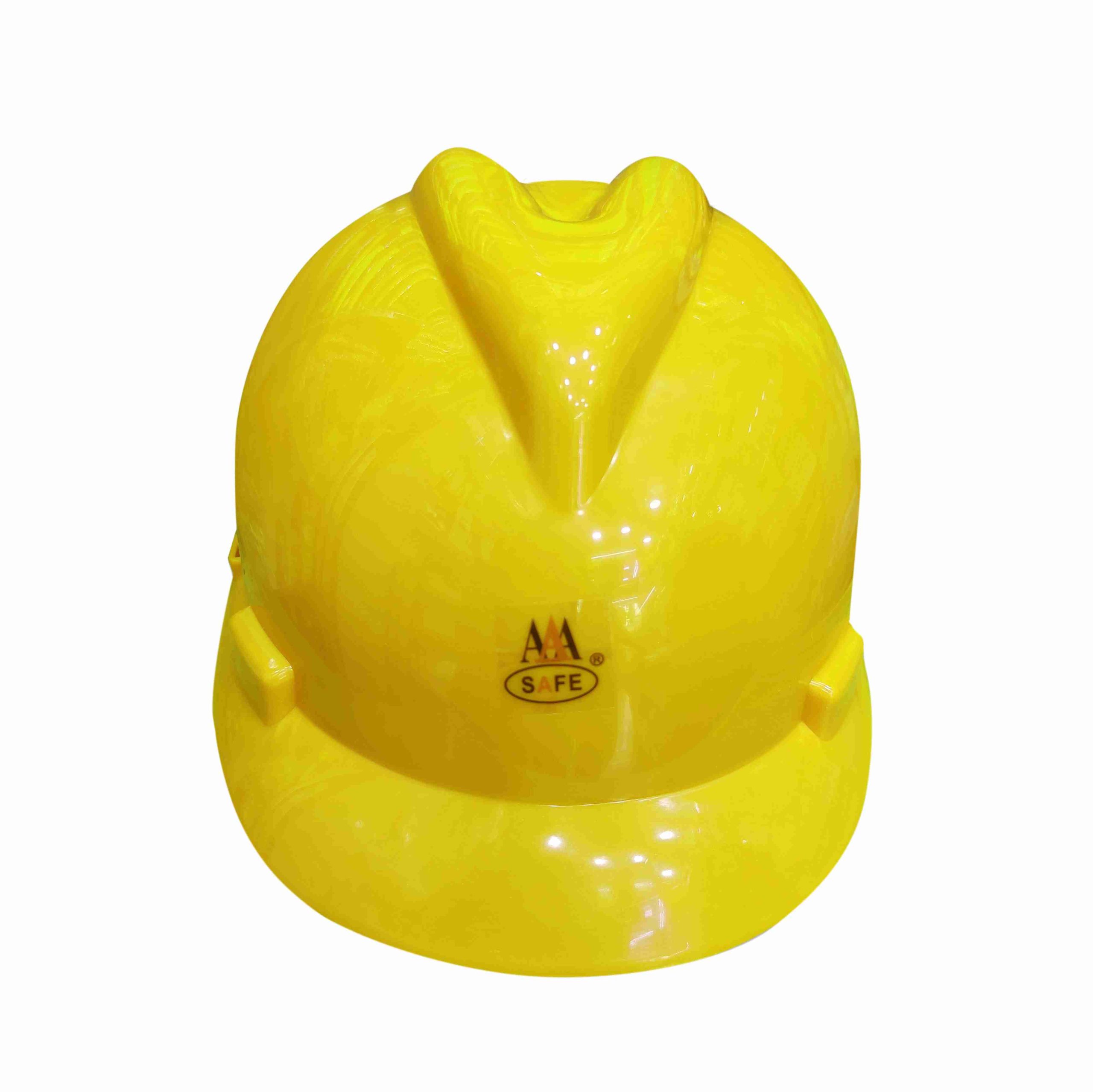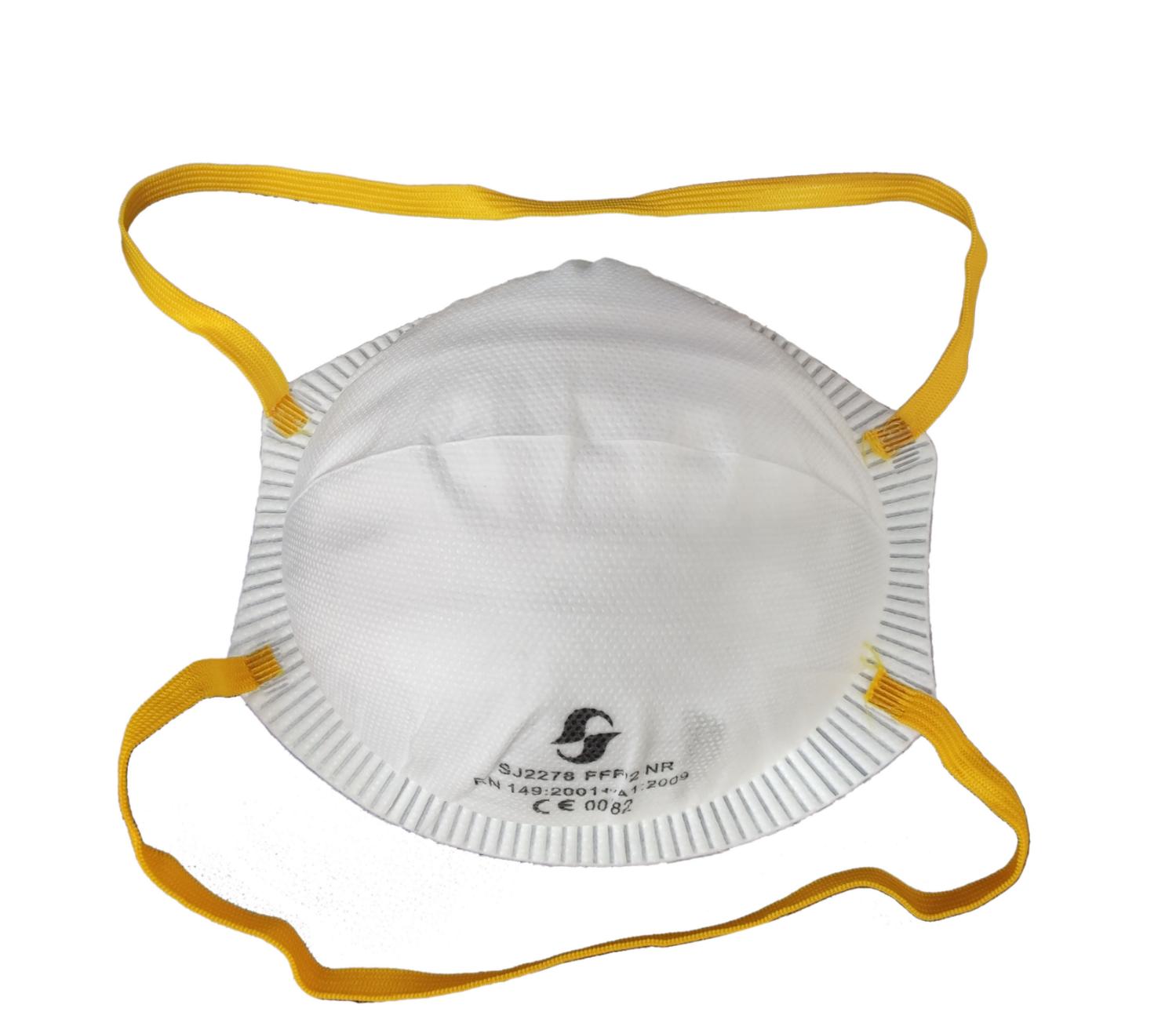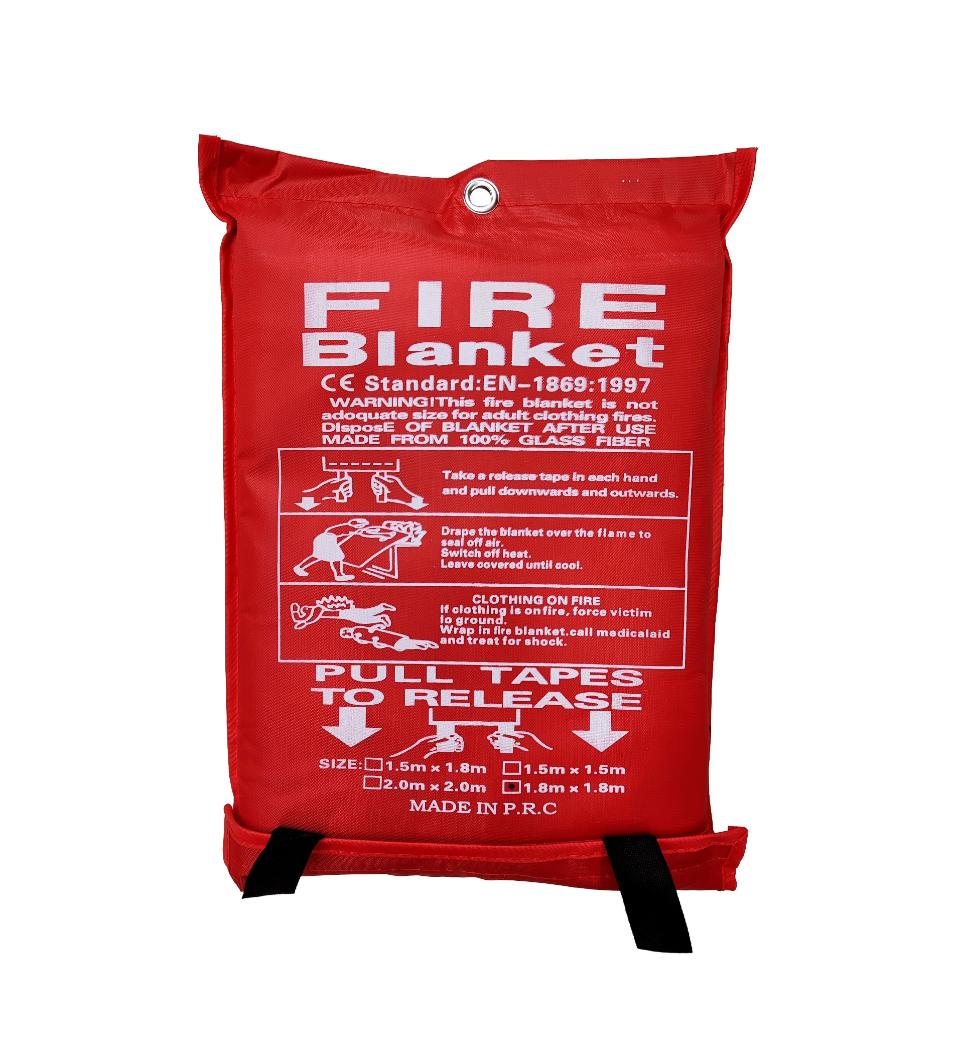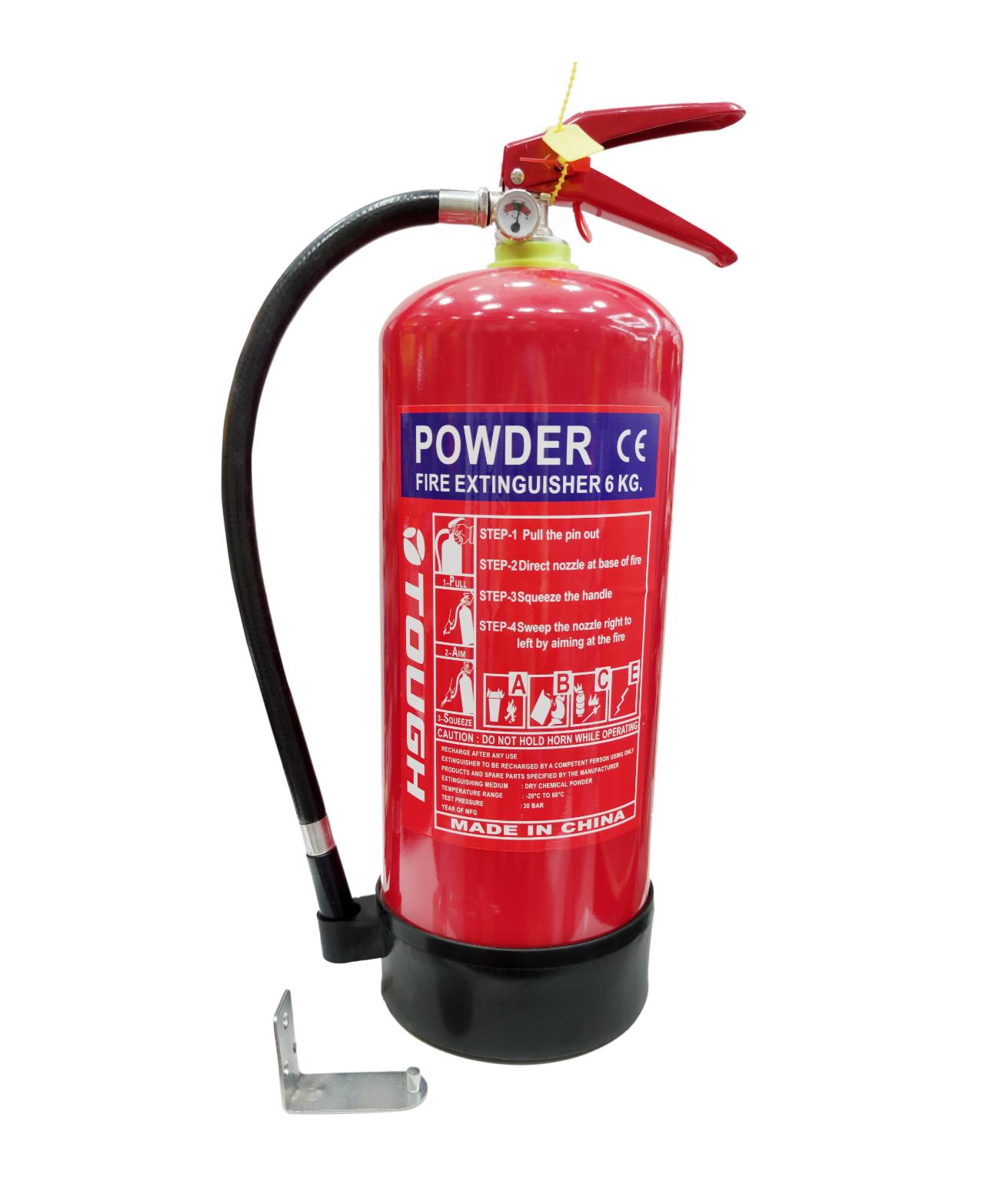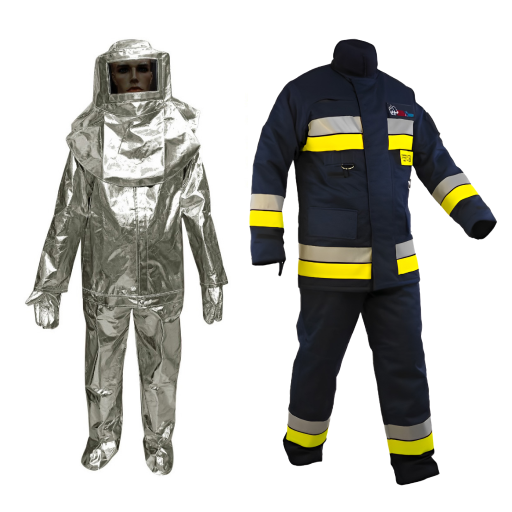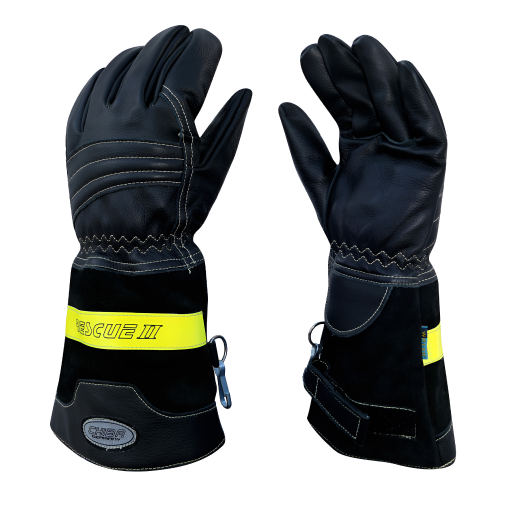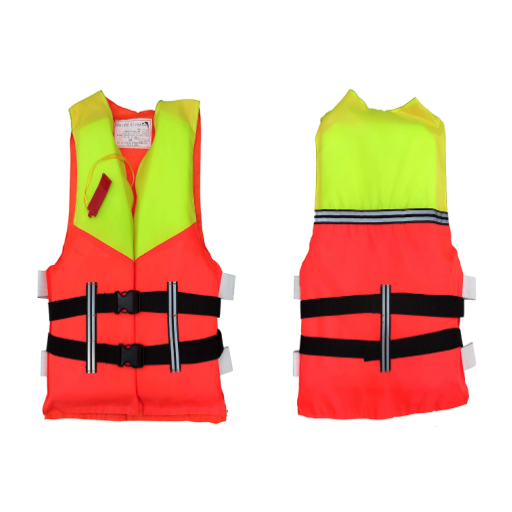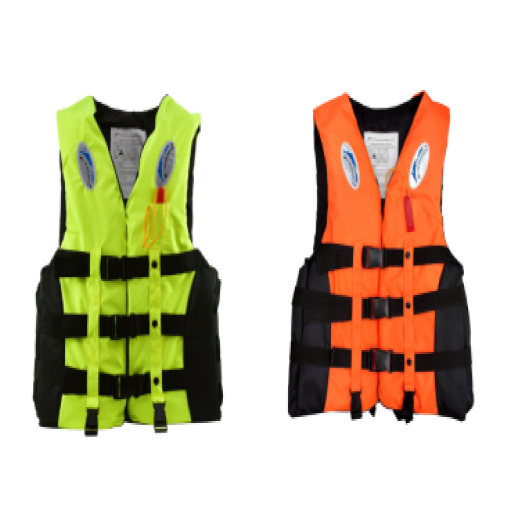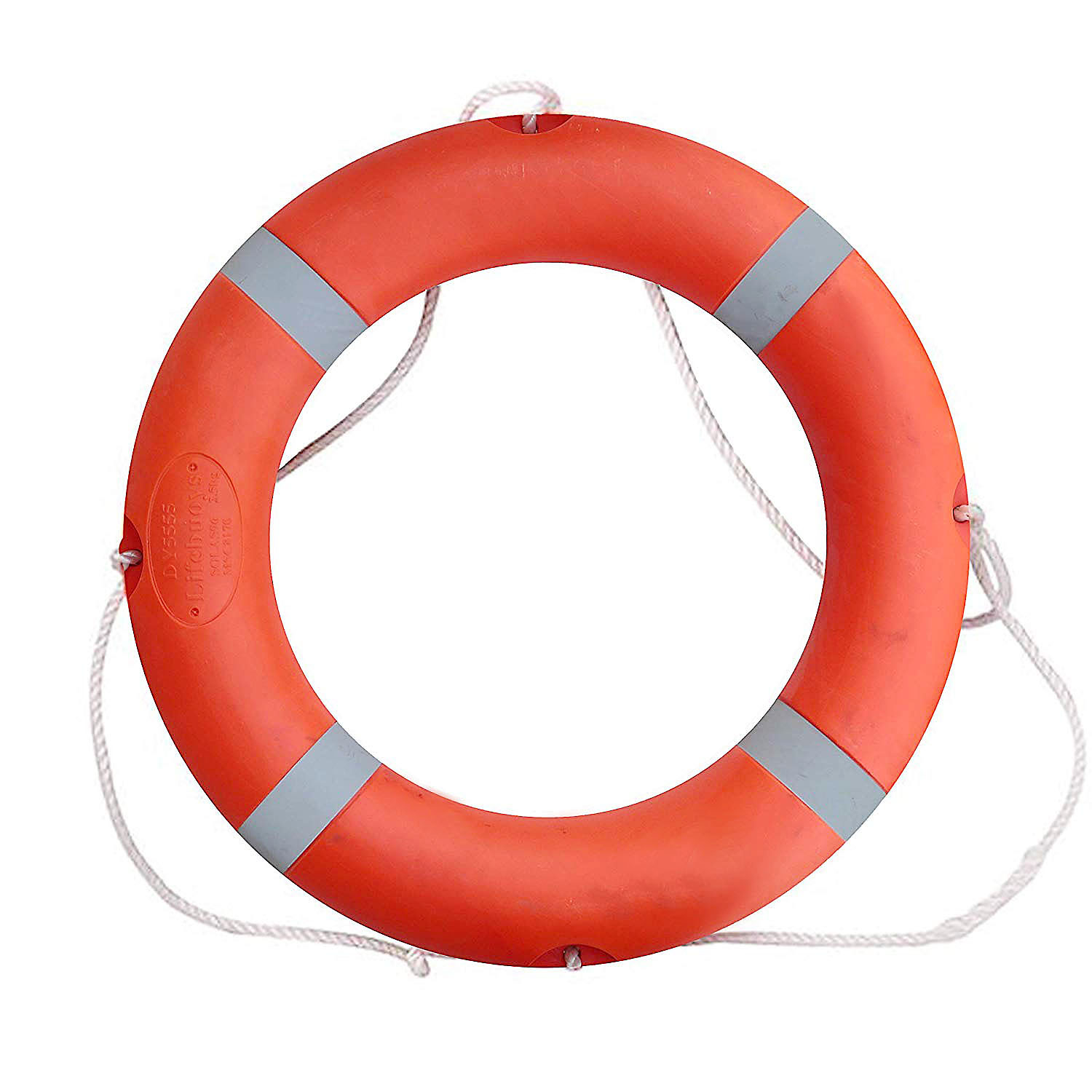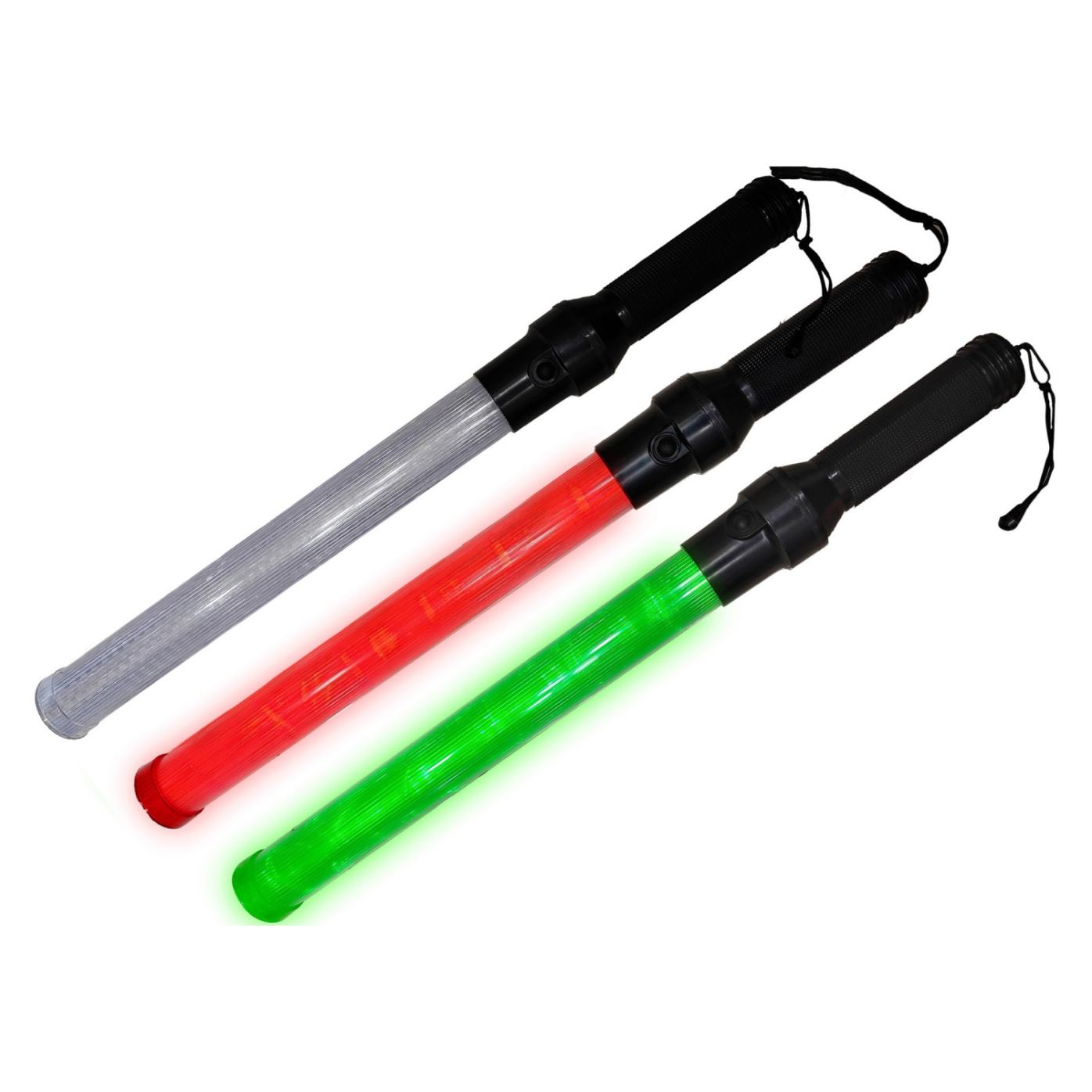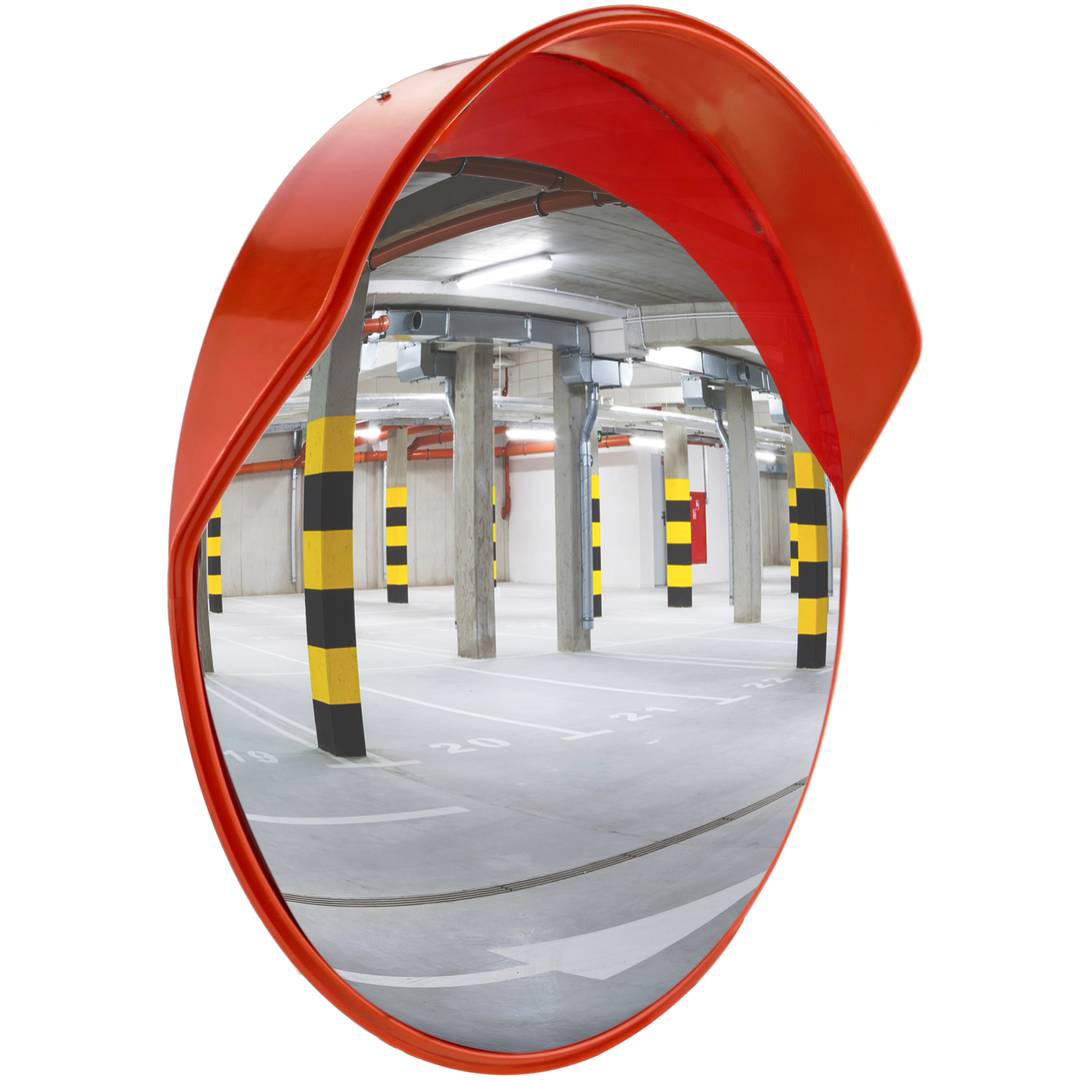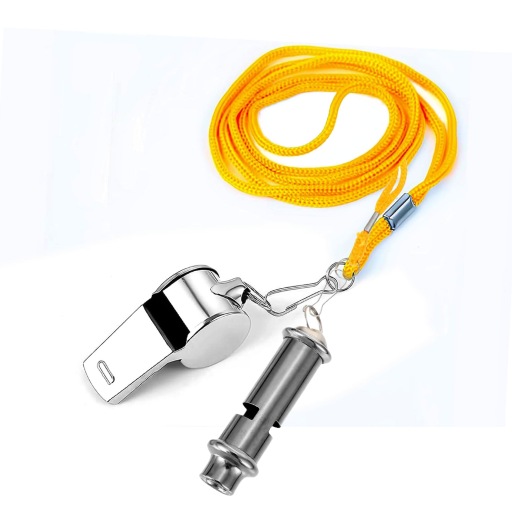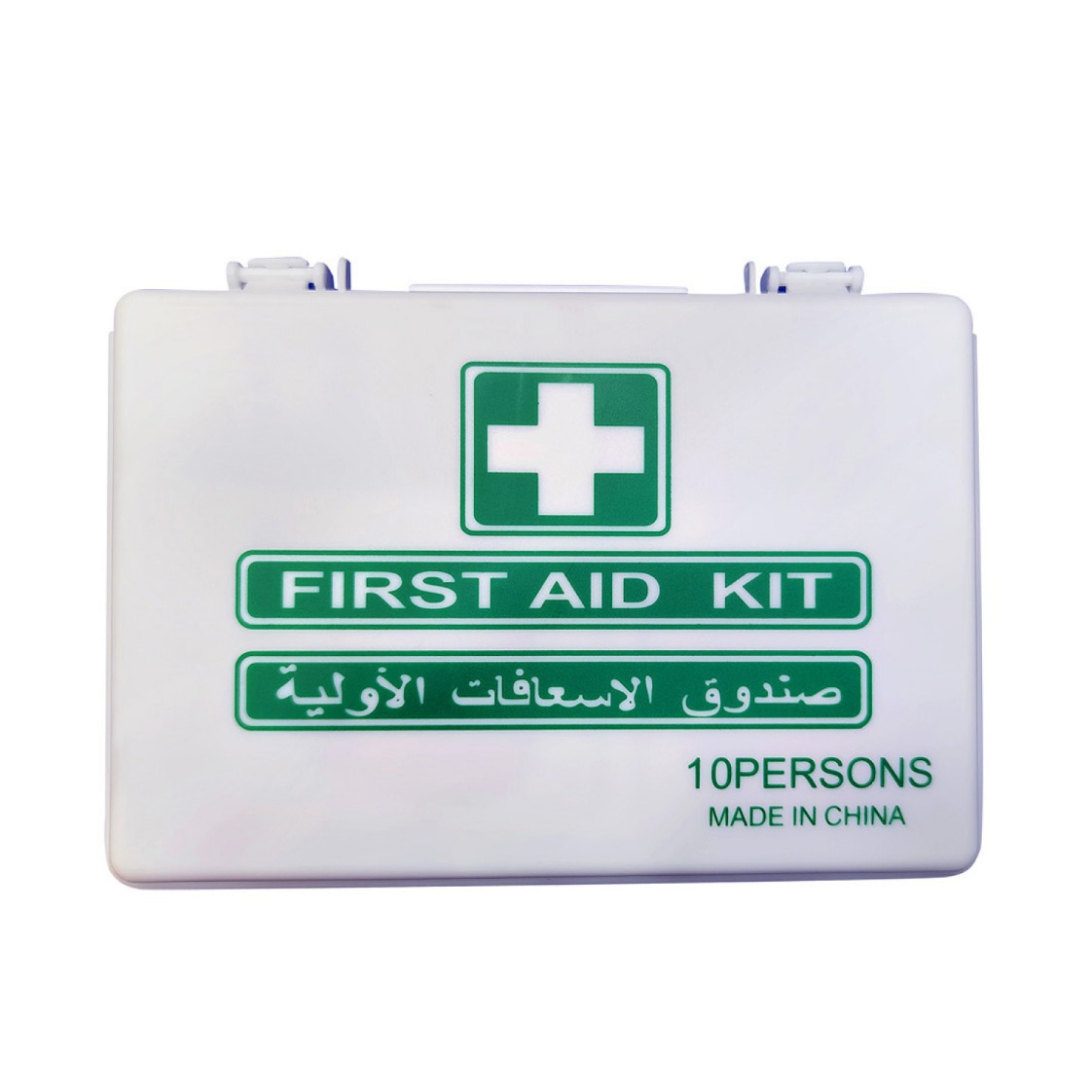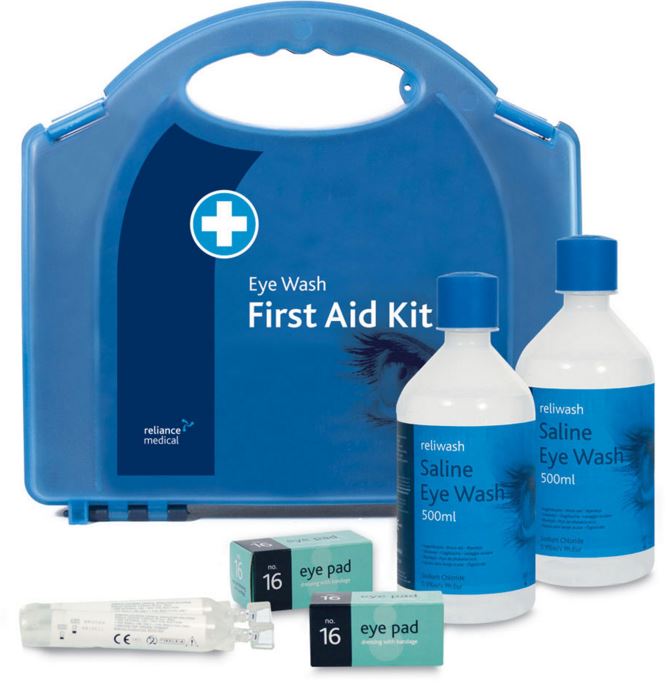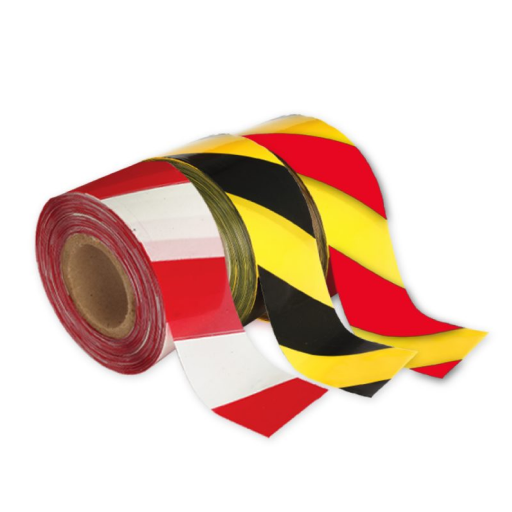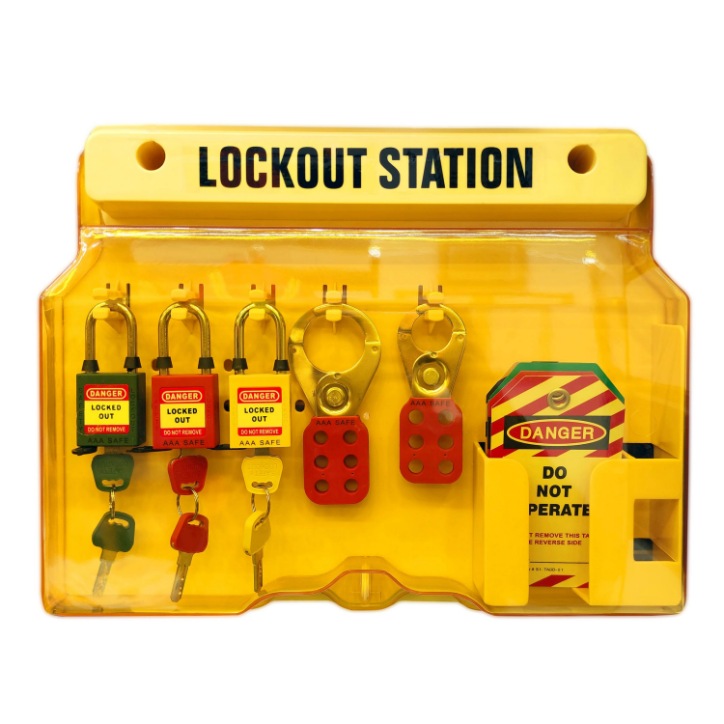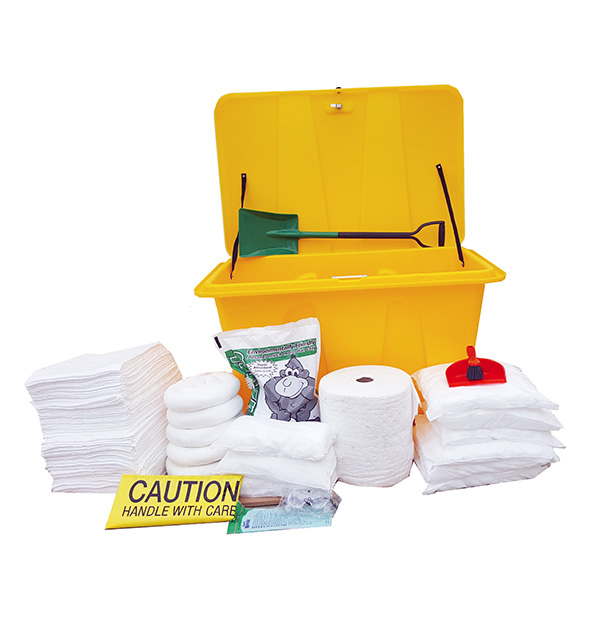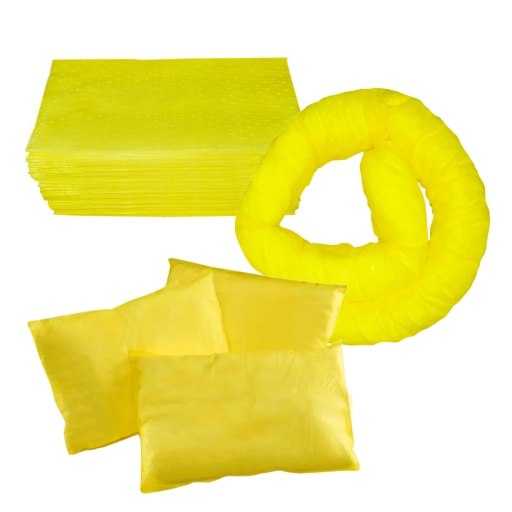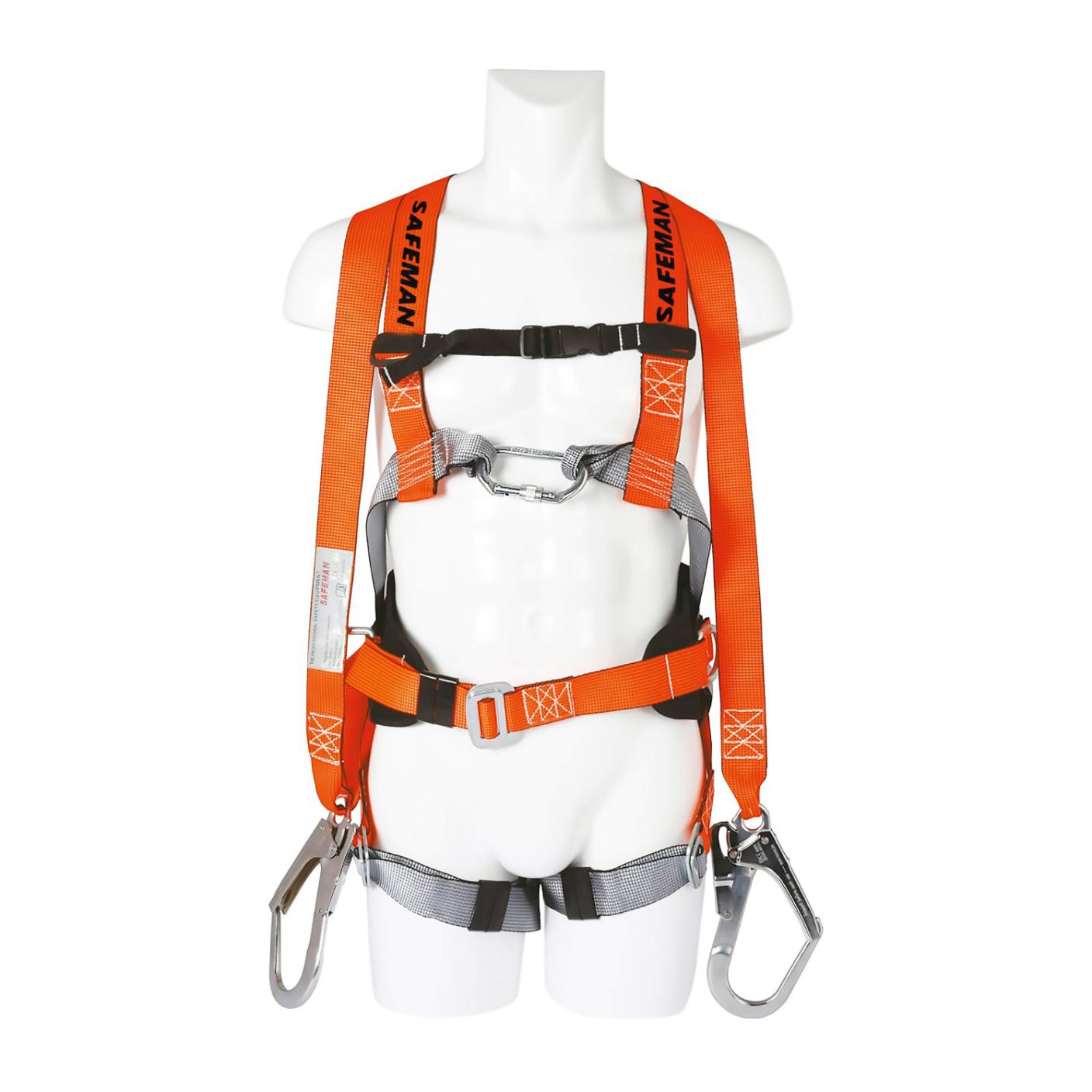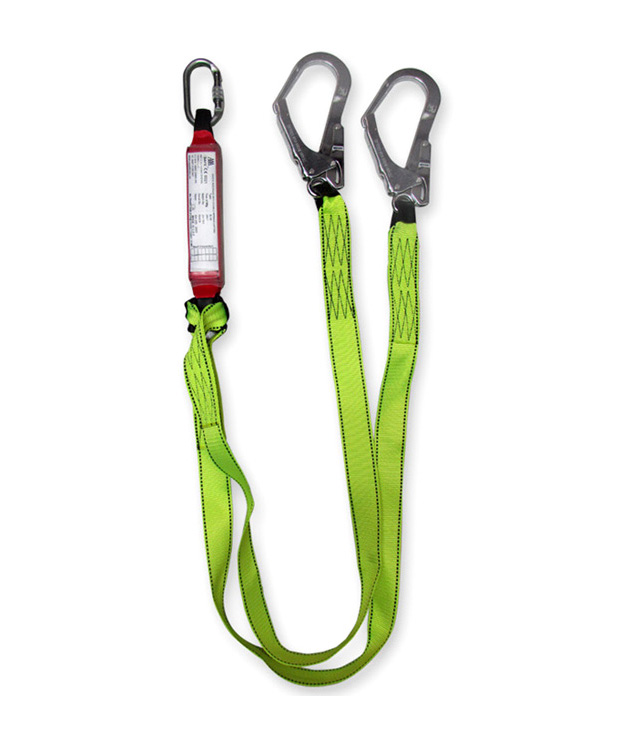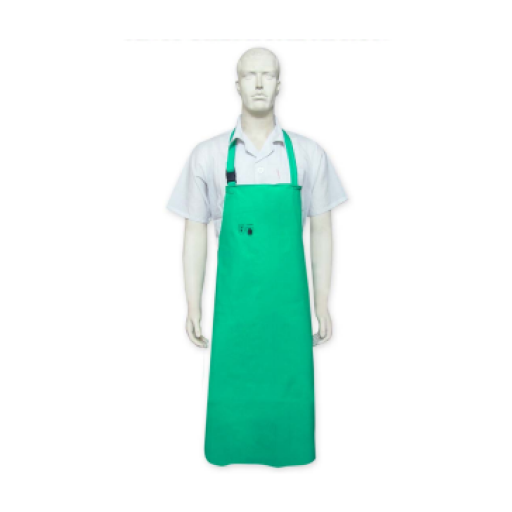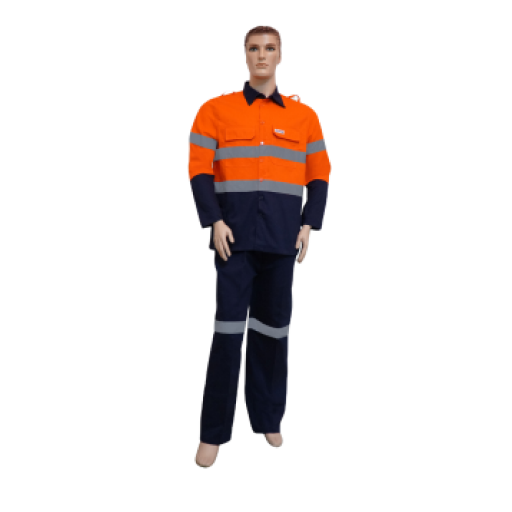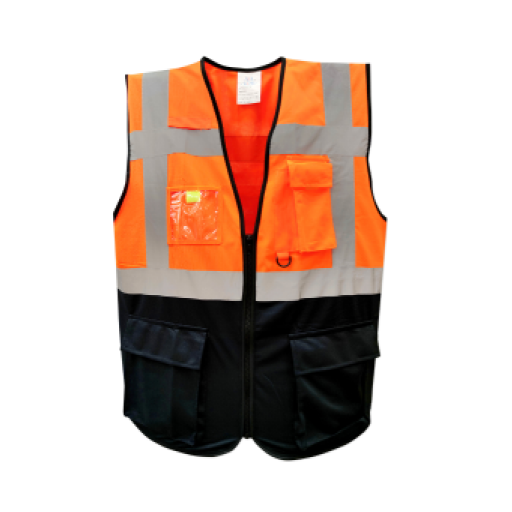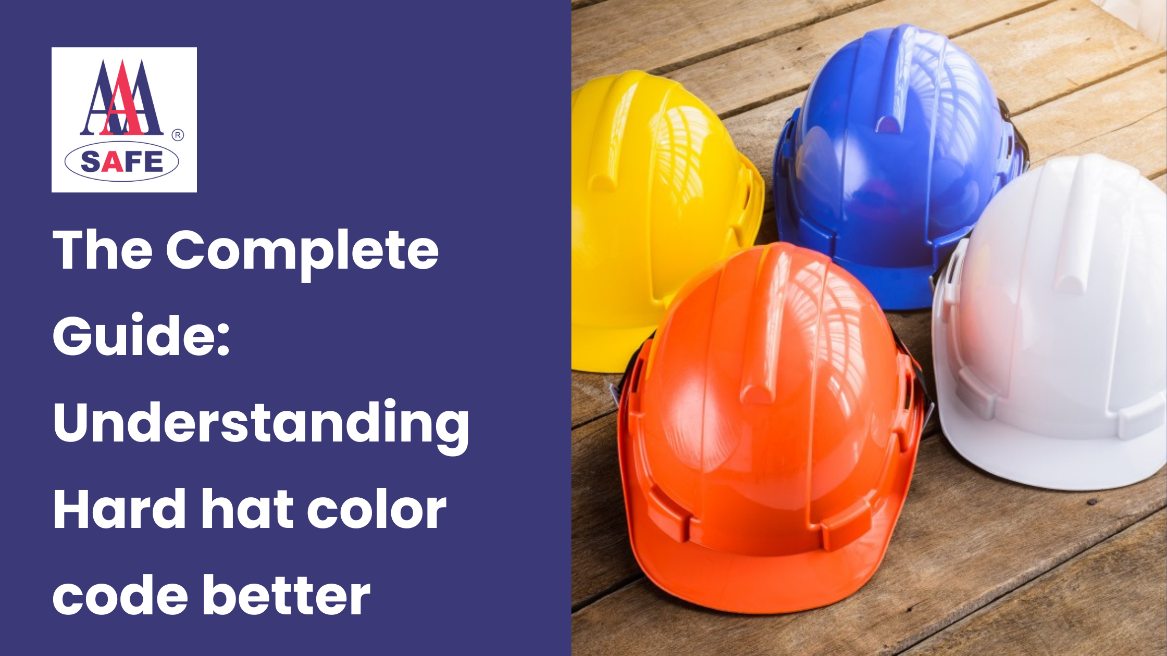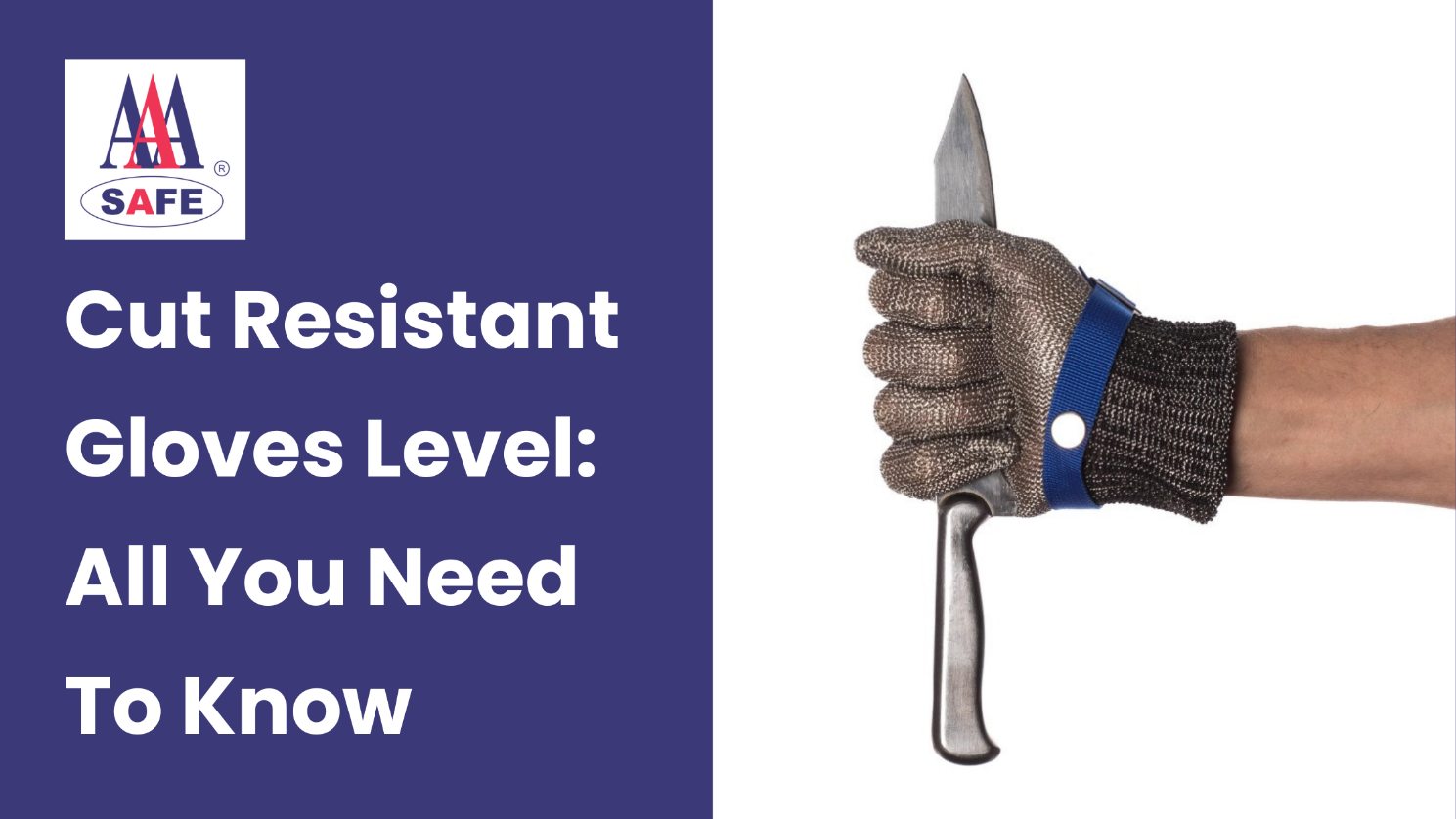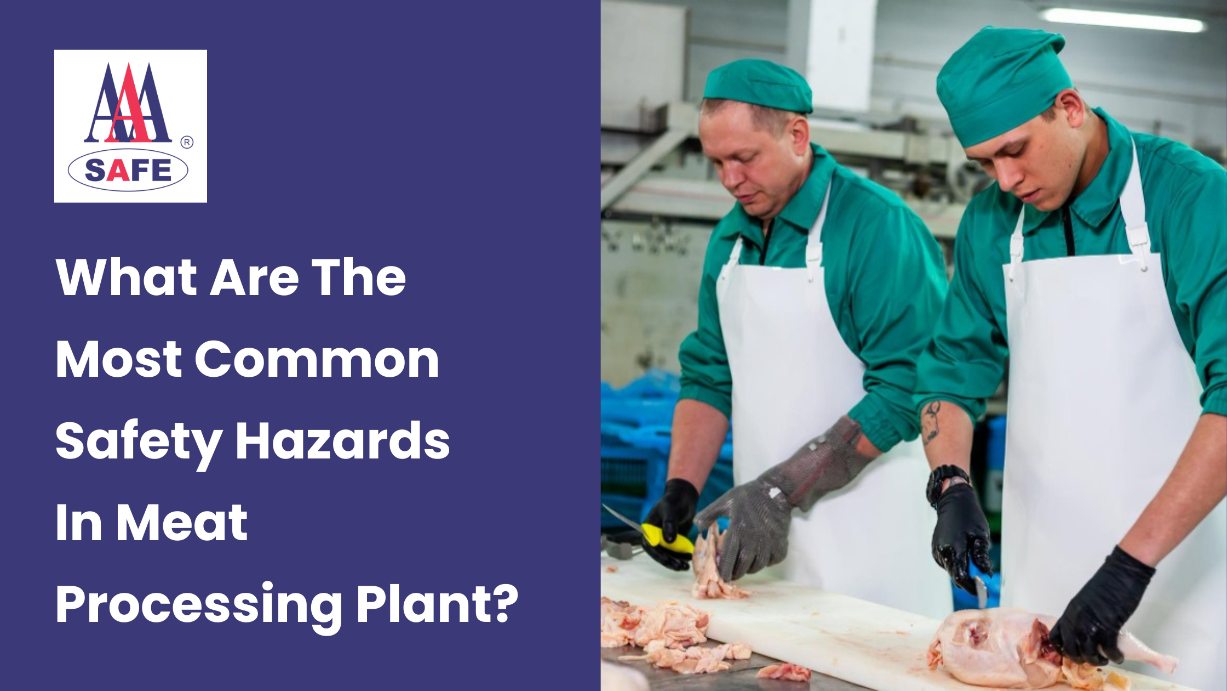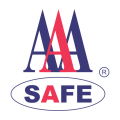Being a worker has never been easy. Workers really work hard to earn their livelihood. Some even put their lives on the line for just a few bucks. From construction workers to factory workers, no amount of hard work or danger can deter their dedication. They are ready for any challenge and risk. But no amount of risk can be compared to that of working from a height. Working at heights comes with its own risks and dangers. Fall-related injuries and deaths have been very common. A worker working at a height must be very cautious and wear the best quality fall protection equipment, failing to do so may result in grave consequences both for the employees and employers.
4,764 workers died on the job in 2020 (3.4 per 100,000 full-time equivalent workers). Workers in transportation and material moving occupations and construction and extraction occupations accounted for nearly half of all fatal occupational injuries (47.4 percent), representing 1,282 and 976 workplace deaths, respectively.
So employers must prioritize the safety of its workers by investing in the best fall protection equipment. And among the fall protection equipment, safety harness is of paramount importance. A comfortable and high-quality Safety harness plays a crucial role in preventing any serious injuries. In this blog, we will delve into the importance of fall protection, the responsibilities of employers and safety officers, and the vital role safety harnesses play in keeping workers safe.
What is Fall Protection?
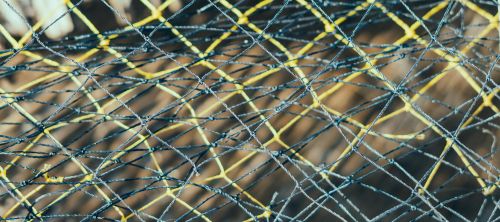
You may have come across workers performing a task at a particular height. Seeing such workers may frighten us a bit and we may even wonder how they manage to do their jobs in such a risky environment. However, workers working at heights are covered by a series of safety measures and equipment. So fall protection is a set of safety measures and equipment meticulously designed to prevent or mitigate injuries resulting from falls at the workplace. Guardrails, safety nets, personal fall arrest systems, and safety harnesses are all part of fall protection equipment. The main purpose of these safety measures is to prevent any injuries and in some cases to reduce the impact of the fall. There are certain scenarios where a fall is unavoidable. In such a situation, the safety team is ready with measures & equipment that would eventually minimize the impact of the fall. When the impact of a fall is minimum, workers escape with minor injuries or no injuries at all.
Worker deaths in America are down—on average, from about 38 worker deaths a day in 1970 to 13 a day in 2020. Worker injuries and illnesses are down—from 10.9 incidents per 100 workers in 1972 to 2.7 per 100 in 2020.
So the safety of your workforce is in your hands. Understand the importance of fall protection and invest in the best fall protection equipment. Once you get the best protection equipment, hire the best safety team that can come up with a comprehensive safety plan and measures.
Why Fall Protection is Important?
Fall protection is a crucial part of workplace safety. There are certain jobs where workers risk their life by working in extremely challenging and dangerous conditions. And nothing is more dangerous than working on tall buildings or at a height. If workers are risking their life for employers, then it’s the responsibility of employers to have the best fall protection measures & equipment. There is no room for error when it comes to fall protection. Fall protection accidents are a common occurrence. Falls are the second leading cause of unintentional injury deaths worldwide. Each year an estimated 684 000 individuals die from falls globally of which over 80% are in low- and middle-income countries.
Best fall protection equipment and measures can save lives. Remember, a worker is a sole breadwinner for the family. He is not only risking his life but also risking the future of his family. So fall protection is a serious thing and cannot be taken lightly. So do not wait for fall accidents to happen and then take fall protection measures. Be one step ahead. Get the best protection fall equipment and measures and put the best safety team to implement your safety plan.
And remember, fall protection = Saving lives.
Responsibilities of Employers
Employers shoulder a substantial responsibility when it comes to fall protection. They need to prioritize safety over profit and loss. Fall protection may cost money to employers but the benefits of having a proper fall protection system are endless. Having a proper fall protection system is beneficial for both employers and employees. Fall protection ensures safety of workers and promotes a safe working environment. And it’s a win-win situation for employers. They are free of any legal hassles. Workers feel safe and valued and in return, give their best.
So employers can ensure safety of its workers by doing the following things:
- Investing in the best fall protection equipment.
- Hiring the best safety team.
- Identifying potential fall hazards by regularly conducting hazard assessment and safety audit.
- Regularly inspecting and maintaining the fall protection equipment.
- Educating and training the workers.
- Conducting mock safety drills.
- Regularly conduct external safety audits.
- Making sure the working environment is up to the standards set by OSHA
Role of a Safety Officer
A safety officer is a trained safety professional who has an in-depth knowledge of legislation(e.g. OSHA/PERA) & safe working practices. The primary job of a safety officer is to promote a healthy & safe working environment. Safety officer has the right to inspect a workplace, and check if the workplace is in compliance with the occupational health and safety (OHS) guidelines.
A safety officer’s responsibilities include:
Risk Assessment: Safety officers first task is to identify fall hazards in the workplace. Safety officer and his team need to conduct thorough risk assessments of each and every workplace. Once the potential risks and hazards are identified, they provide recommendations for hazard elimination or mitigation.
Training: Safety officers are often responsible for organizing and conducting safety training for employees. This includes educating workers on fall hazards, the use of protective equipment, and emergency procedures.
Equipment Selection: Safety officers work closely with employers to select the most appropriate fall protection equipment based on the site-specific needs and job requirements.
Inspection and Maintenance: They oversee the regular inspection and maintenance of safety equipment to ensure that it remains in excellent working condition.
Regulatory Compliance: Safety officers keep abreast of the latest regulations and guidelines related to fall protection and ensure that the workplace is in full compliance.
Accident Investigation: In the unfortunate event of a fall incident, safety officers play a key role in conducting investigations to determine the cause and implement corrective measures to prevent similar accidents in the future.
Role of a Safety Harnesses
Safety harness is life-saving equipment. It’s the most useful fall protection equipment that ensures a worker’s safety when working at heights. When attached to a body, it empowers a worker to work without fearing for his life. With a safety harness in place, a worker is prevented from falling and directly hitting the ground. Instead, a safety harness gently lowers the worker, significantly reducing the impact of a fall.
Deaths & injuries resulting from falls are common at some workplaces. When working at heights workers need a comfortable and best quality safety harness. The comfort factor is particularly crucial, as any discomfort caused by wearing a safety harness may put the worker’s life in danger.
According to the annual report of the Central Statistical Office for 2020, in Poland there were a total of 4227 accidents involving workers falling from a height that year, of which 30 led to serious injury, and 31 to death
There are various types of safety harnesses available, such as full-body harnesses, chest harnesses, and rescue harnesses etc. The safety officer must recommend the best safety harness depending upon the specific job and its requirements.
Wrap up
Fall protection is a critical part of workplace safety. Any negligence will prove costly for both workers and employers. So employers and safety teams must take appropriate safety measures to ensure safety of workers and promote a safe working environment. Investing in high-quality fall protection equipment is of paramount importance. Safety harnesses, lifelines, anchors, and other fall protection gear are lifelines that can make workers perform their duties with confidence, knowing that their life is valued and their safety is taken care of. So equip your workers with the best quality safety gear and save lives.





